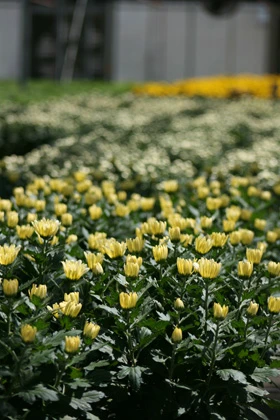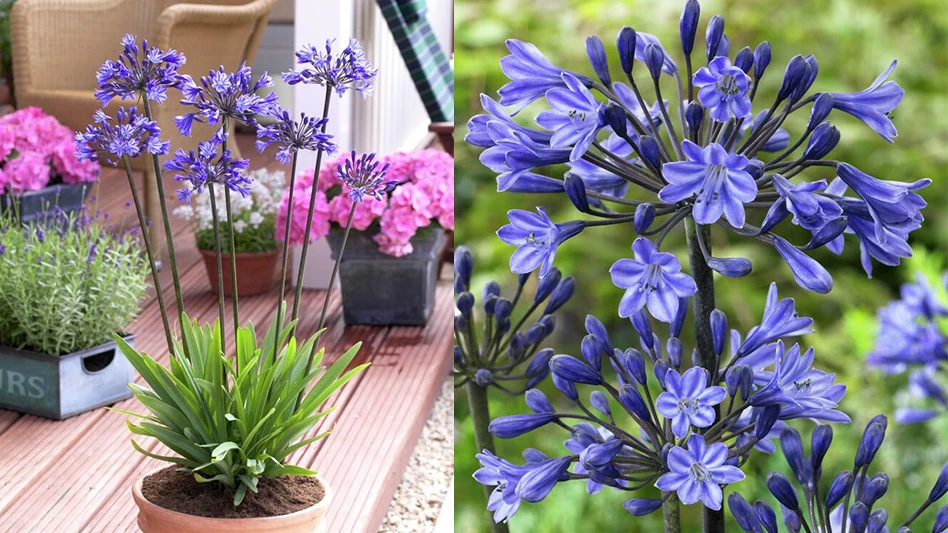
| QUOTEWORTHY |
|
Here are some of the assessments our readers offered about fall-specific plants to which they refer customers: “I recommend Pistacia chinensis from West Covina Nursery. I love this tree because [it] will give you easy fall color even in the mild winter areas. It does not need colder weather in order to change to the fall color like most trees need. The fall colors of the foilage are scarlet, crimson, orange, and sometimes yellow tones.” “Pansies and violas are my biggest sellers, but Red Bor kale and Giant Red mustard are way under-used. Not only are they great ornamentals, they are also edible. Both the kale and the mustard are seed-grown varieties.” “My plant choice for fall color is Rhus Prairie Flame. It’s a smaller sumac with clean, glossy, summer foliage and a great red fall showing. Some of the other reasons I personally like this plant: deer resistant, drought tolerant, good for infertile soils, pest and disease tolerance are very good. I purchase this plant from Home Nursery Inc., in Edwardsville, Ill. “One of our favorites is dwarf Fothergilla – Fothergilla gardenii. It sports nice, bottlebrush white flowers in spring; clean, green foliage all season and a great mix of yellow, orange and red in fall.” “Japanese stewartia from J Frank Schmidt and Sons is my favorite of trees – just a stunning show of of reds, oranges, burgundy and yellows. Add the fabulous peeling and colorful bark of a mature tree and the flowering when everything else has wrapped it up for summer blooming, and what’s not to love?” “Of course, mums are still the highlight of fall, but we’ve moved more into Mammoth Mums, supplied by Ball Seed. We refer to them as Minnesota Mums, since they were originally bred by the University of Minnesota, making them the hardiest mums for our area. The other selling point is that they [the flowers] get BIG (up to 3 inches high and 4 inches spread), so less plants are needed to make a huge impact.” “The ornamental cabbages/kales and peppers are hot in our area. We seed all and grow them on. Ornamental peppers have been hot all year, and I know this fall the trend will continue.” |
Acer in the hole
The various forms of the maple took top honors among our readers nationwide. Sometimes you called him vine maple; sometimes you referred to him as the fern leaf fullmoon maple; occasionally, you just called him maple. One thing we all can call him this fall is “Sir.”
The mum returns
One of the more reliable fall staples at garden centers is the chrysanthemum. Mammoth Mums, in particular, were the word(s) our respondents uttered most, but ‘Sheffield Pink’ got some lovin’, as well.
Oh-a, that calibrachoa
Another “heavyweight” among garden center operators is the plant that is also known as the trailing petunia. In our survey, it trailed only the Acer and the mum in popularity. Calibrachoa Million Bells varieties and their cousins Superbells were particularly noteworthy.
Not just grass! Ornamental grass!
A number of respondents touted millet in its various forms; others bowed before Japanese blood grass or had a yen for Pennisetum setaceum ‘Rubrum.’ Bottom line: Grass is gas!
Ninebarks? No wonder this shrub is so hardy
The final plant to make our top five in autumn popularity is the ninebark shrub. Coppertina, Diablo and Summer Wine were the most-referenced varieties among our respondents. But, then, who doesn’t like summer wine?
| MORE PLANTS FOR AUTUMN |
|
Here are some other notable plants our readers say they recommend to customers looking for fall color: |

Explore the September 2009 Issue
Check out more from this issue and find your next story to read.
Latest from Garden Center
- Meet the All-America Selections AAS winners for 2025
- AmericanHort accepting applications for HortScholars program at Cultivate'25
- 2025 Farwest Show booth applications now open
- The Garden Center Group hosting 'The Financial Basics of Garden Retailing Workshop Series'
- Weekend Reading 11/22/24
- Hurricane Helene: Florida agricultural production losses top $40M, UF economists estimate
- Terra Nova Nurseries shares companion plants for popular 2025 Colors of the Year
- Applications open for Horticultural Research Institute Leadership Academy Class of 2026






